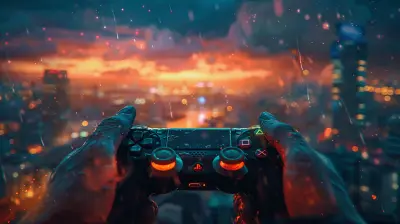The Dark Side of Fantasy: What Makes a Great RPG Villain?
20 June 2025
Let’s be honest: every great RPG (Role-Playing Game) needs a great villain. Sure, the protagonist gets all the spotlight, but without a compelling antagonist to push them to their limits, a story can feel flat and forgettable. A hero is only as good as the villain they face. But crafting a memorable RPG villain isn’t as simple as slapping a menacing name on a character and giving them an evil laugh. Nope, there’s an art to creating the perfect bad guy (or gal) who steals the show and lingers in your mind long after the credits roll.
So, what exactly makes a great RPG villain? Is it their motivations? Their complexity? That spine-chilling intro music that plays every time they show up? Let’s dive deep into the dark side of fantasy and uncover the secrets behind what makes these characters unforgettable.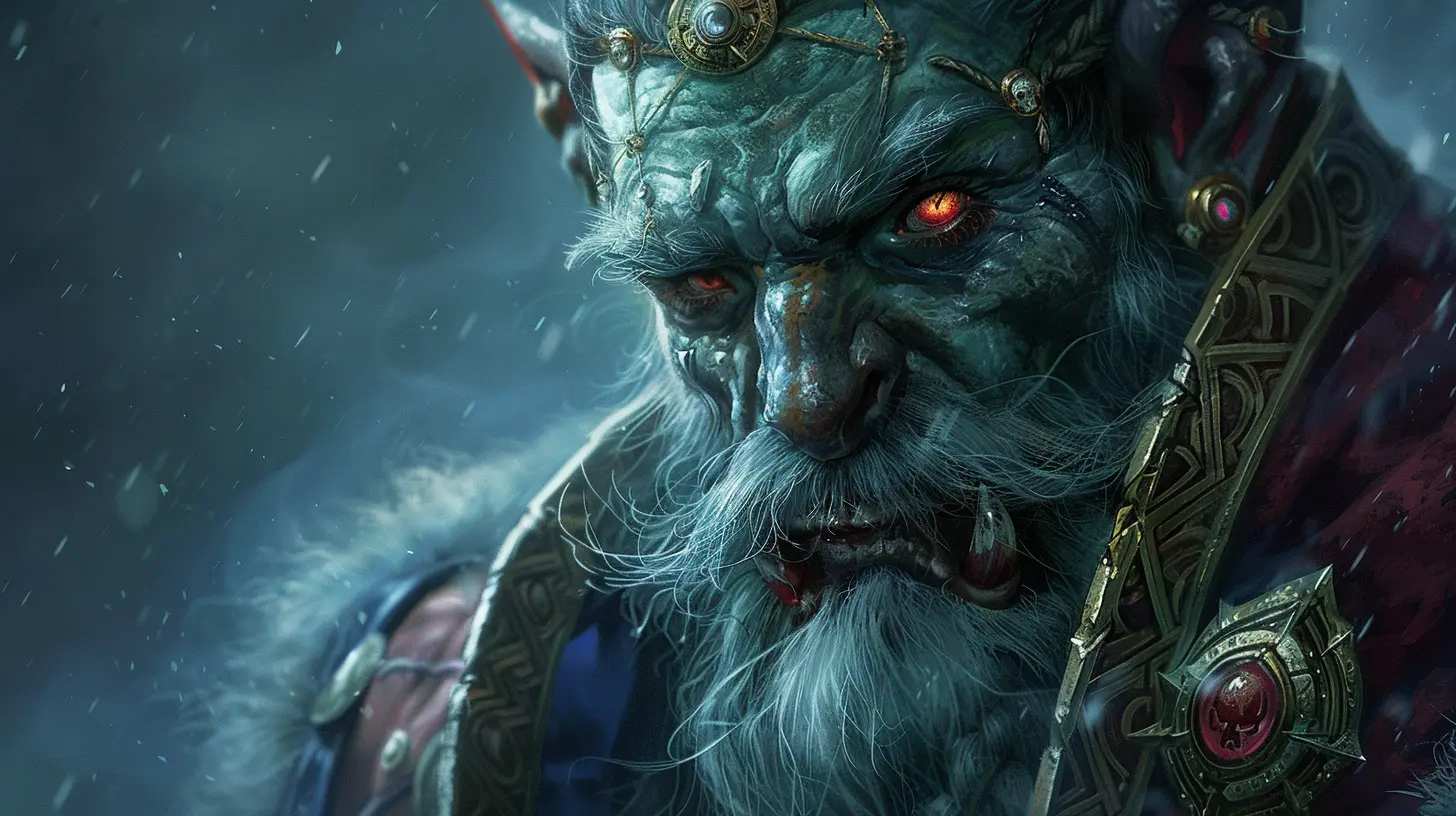
1. A Villain Needs Real Motives—Not Just "Evil for Evil’s Sake"
To make a villain truly shine, their actions have to make sense, at least to them. One-dimensional villains who twirl their metaphorical (or literal) mustaches while declaring “I’ll destroy the world because… reasons!” just don’t cut it in modern storytelling. Players crave depth. They want to understand why the villain does what they do, even if they don’t agree with it.Think about some iconic RPG villains: Kefka from Final Fantasy VI, who spirals into madness and nihilism; or Handsome Jack from Borderlands 2, whose charm and twisted sense of morality make him both detestable and oddly fascinating. Their motivations, as chaotic as they are, feel real. A great villain should make you wonder—just for a second—“Could I have ended up like them if I’d been in their shoes?”
The best villains have layers. They might want power, revenge, or to create a "better" world, but their reasoning is shaped by their backstory and experiences. It’s these motivations that allow them to resonate with the player and make confronting them feel emotionally satisfying.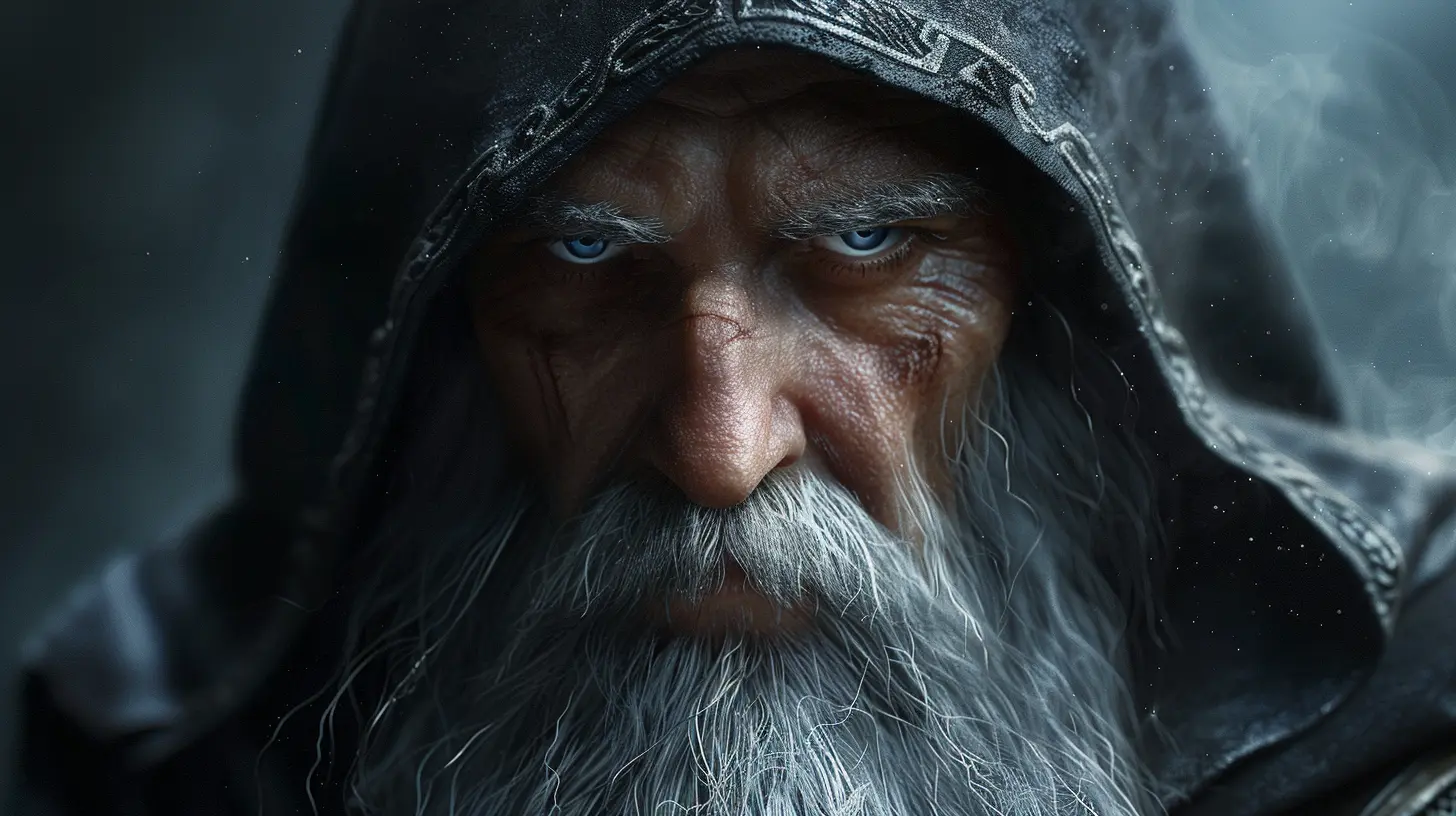
2. Complexity Creates Tension: Villains Are More Than “Just Bad”
A truly remarkable RPG villain is never black-and-white. They’re morally gray. They blur the lines and make you question what really separates the hero from the villain. Maybe they genuinely believe what they’re doing is right. Maybe their methods are unforgivable, but if you squint hard enough, you can kinda-sorta see where they’re coming from.For example, take The Illusive Man from Mass Effect. He’s not your stereotypical evil mastermind—not entirely, at least. His goals of preserving humanity’s position in the galaxy seem noble on the surface, but his ruthless “ends justify the means” approach makes him a chilling antagonist. You can’t fully hate him because, deep down, he represents the same fears and desires that drive humanity in the real world.
Complexity doesn’t just make the villain interesting; it creates tension throughout the story. It makes players think twice about their decisions and keeps them engaged. After all, who doesn’t love a good moral dilemma?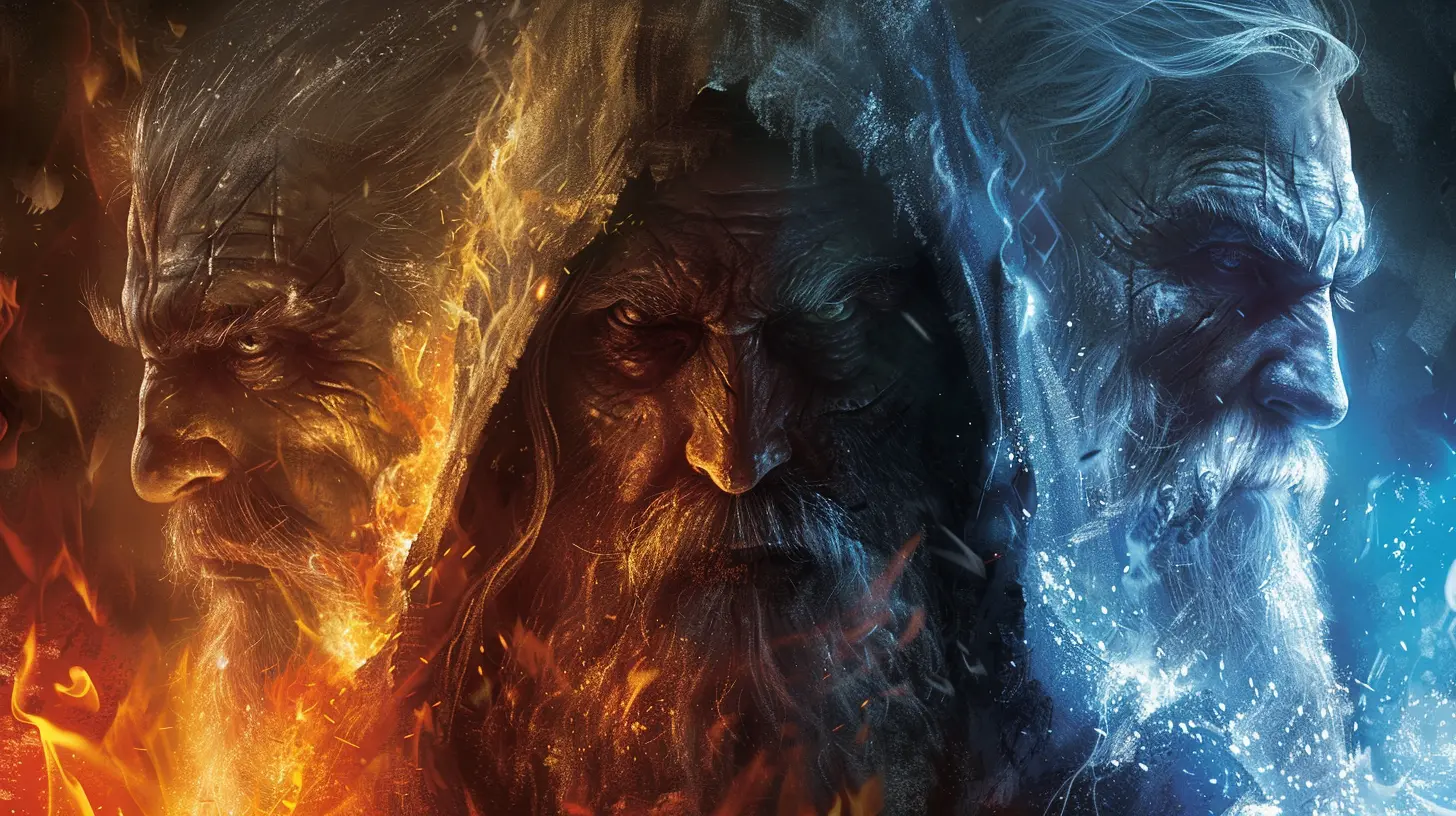
3. Show, Don’t Tell: Actions Speak Louder Than Words
You don’t need a monologue every time your villain enters the room to explain why they’re evil. In fact, some of the best villains don’t waste time talking about their big plans—they just do them, leaving the player to piece together the why. Actions deepen the mystery and give villains an aura of unpredictability.Sephiroth from Final Fantasy VII is a prime example. His actions during the game’s infamous turning point leave a permanent scar on the players. He doesn’t tell you he’s dangerous—you see it. And it hurts.
A villain’s presence should loom large, even when they’re offscreen. Maybe the world is littered with the aftermath of their deeds. Maybe NPCs whisper about their legend in hushed tones. Whatever it is, their reputation must precede them.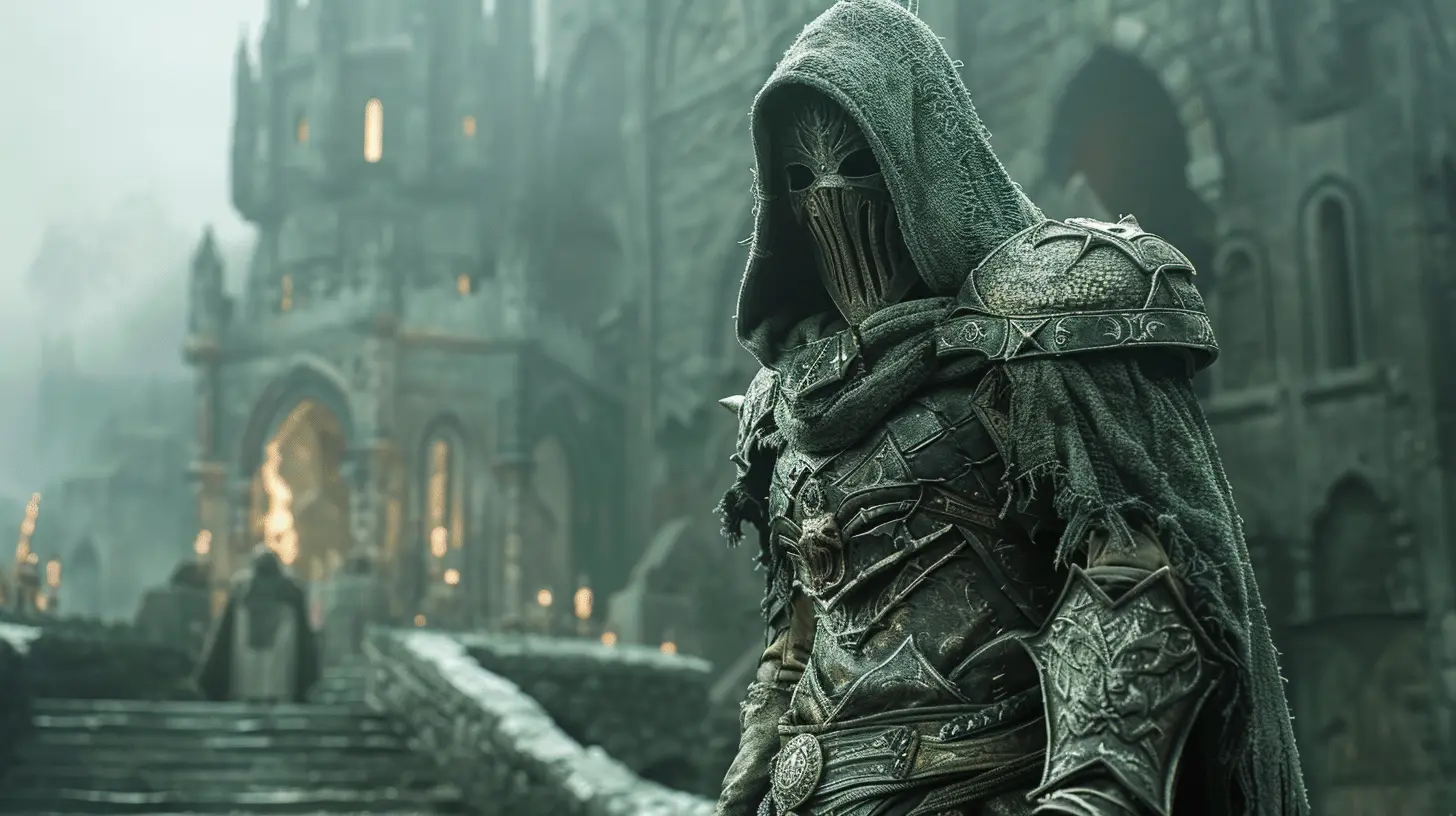
4. They Push the Protagonist to the Limit
Let’s get hypothetical for a second. Imagine playing your favorite RPG. You’re halfway through the story, and your character is thriving. They’ve picked up shiny new gear, unlocked powerful abilities, and made a few friends along the way. Things are looking up, right?Now, insert the villain.
A great RPG villain doesn’t just exist to throw random challenges at the hero. They’re there to test them, to shatter their ego and remind them they’re far from invincible. The villain should feel like an unstoppable force, making players doubt whether they can actually win.
Villains like GLaDOS from Portal excel at this. Despite her snarky humor and passive-aggressive barbs, she constantly outsmarts the hero, placing them in increasingly impossible situations. She’s always one step ahead—until she isn’t.
A strong RPG villain forces the player and their character to grow. Without that push-and-pull dynamic, the hero’s journey feels hollow.
5. A Personal Connection Seals the Deal
You know what hits hardest? When the villain isn’t just an abstract threat but someone who has a personal connection to the protagonist. Maybe they were a former ally, mentor, or childhood friend. When the player learns there’s history between their hero and the villain, it raises the emotional stakes tenfold.Take Arthas from World of Warcraft, for instance. He starts out as a noble paladin but slowly descends into darkness, becoming the infamous Lich King. His tragic fall isn’t just heartbreaking—it’s personal because players got a front-row seat to his transformation. Facing him later feels like confronting an old wound that never properly healed.
It’s like watching a train wreck in slow motion. You can’t look away, and when it’s finally time to face off, the emotional weight makes the confrontation unforgettable.
6. Memorable Design and Presence
Let’s talk aesthetics for a second. A great RPG villain doesn’t just act the part—they look the part too. Whether it’s a regal figure with an imposing cape, a grotesque creature that haunts your nightmares, or a surprisingly ordinary person whose malevolence is hidden behind a calm smile, the villain’s design should reflect their personality and role in the story.But it’s not just about how they look. It’s about how they carry themselves. Do they stride into the room with quiet confidence, or do they explode onto the scene in a blaze of chaos? Do they have an unforgettable theme song that gets your blood pumping or sends chills down your spine? These details matter.
Villains like Ganondorf from The Legend of Zelda have a commanding presence, whether they’re towering in size or simply exuding raw power. Their design sticks with you, and every encounter with them feels like a big deal.
7. The Villain’s Fall Should Be Satisfying
Here’s the thing about great villains: players love to hate them. And when it’s finally time for the climactic showdown, it’s got to feel earned. The villain’s defeat should be as satisfying as their rise. It’s like the final piece of a puzzle clicking into place.But here’s a twist: sometimes, the best RPG villains don’t really lose. Maybe they transcend to a higher state, leave a lingering impact on the world, or haunt the hero in some indirect way. In that case, their “fall” isn’t about outright destruction but leaving a permanent mark.
Even villains who meet a truly final end should go out in a way that honors everything they stood for. Whether it’s through an epic boss battle or a cinematic moment that ties the story together, the last impression is just as important as the first.
Final Thoughts: Why We Love to Hate Great Villains
At the end of the day, a well-crafted RPG villain is more than just an obstacle. They’re a mirror, reflecting the flaws, fears, and struggles of the hero—and, in some cases, the player. They make the journey memorable, emotional, and thought-provoking.Remember, the best villains stick with us because they’re not just there to be defeated. They challenge us, surprise us, and maybe even make us see the world a little differently. And when we finally stand victorious, it’s all the sweeter because we know they pushed us to our absolute limits.
So, the next time you dive into an RPG and find yourself face-to-face with a villain who gives you chills, take a moment to appreciate the craft behind their creation. After all, without them, the story wouldn’t be nearly as epic.
all images in this post were generated using AI tools
Category:
Fantasy RpgsAuthor:

Jack McKinstry
Discussion
rate this article
2 comments
Kirk Dillon
Insightful take! A compelling villain truly elevates the RPG experience. Great read!
November 1, 2025 at 4:02 PM

Jack McKinstry
Thank you! I'm glad you found it insightful. A strong villain really does add depth to the RPG experience!
Martha McQuade
This article brilliantly explores the complexity of RPG villains, highlighting how their motivations and backstories enrich the narrative. A great villain doesn't just oppose the hero; they challenge players' morals and provoke deep emotional responses, making the journey unforgettable. Great insights!
June 21, 2025 at 4:45 PM

Jack McKinstry
Thank you for the thoughtful feedback! I'm glad you enjoyed the exploration of RPG villains and their impact on storytelling.
